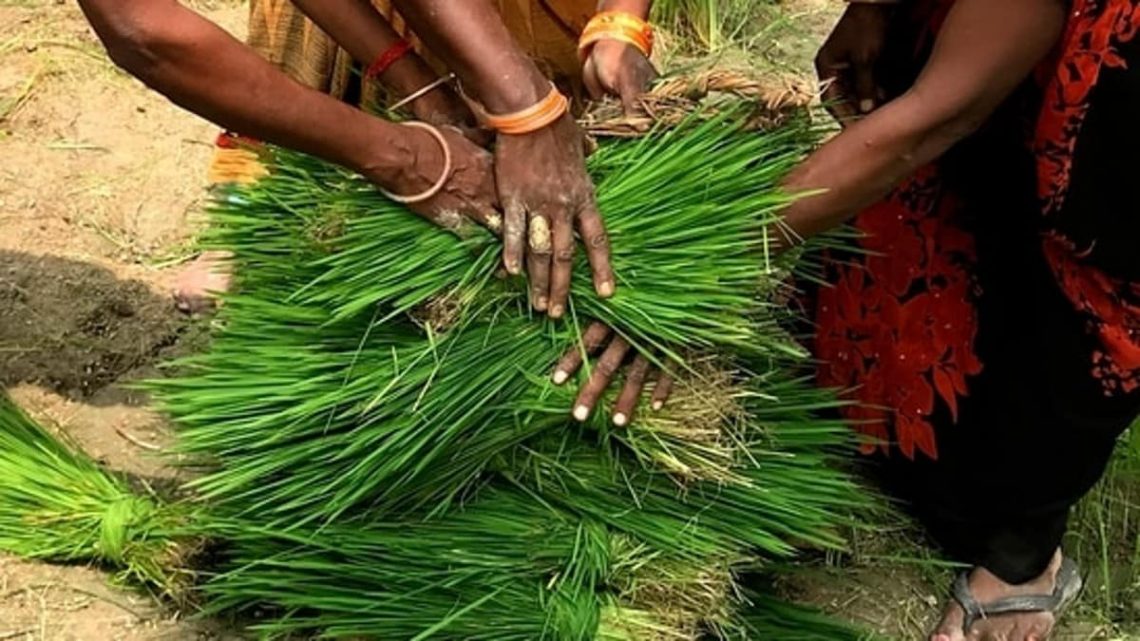Indian farming, long a cornerstone of the country’s economy, is becoming an increasingly difficult pursuit.
With water shortages, a rapidly changing climate, disorganised supply chains, and limited access to credit, each growing season has become a gamble.
However, new AI-powered tools are beginning to reduce some of the unpredictability.
Harish B., a 40-year-old farmer near Bengaluru, is one of many turning to technology for solutions.
Harish took over his family’s 5.6-hectare farm a decade ago, introducing pomegranates alongside the existing grape crop and implementing modern systems like drip irrigation, according to a report by IEEE Spectrum.
Last year, he partnered with Fasal, a Bengaluru-based agritech startup offering AI-powered tools to guide farmers on watering schedules, nutrient application, and pest management.
The technology relies on Internet of Things (IoT) sensors and predictive modeling, providing tailored advice. Harish says the service has helped him cut water use by 30 per cent.
India’s agritech sector is growing rapidly, supported by government initiatives.
In 2018, the government made agriculture a focus of its AI strategy, committing $300 million for digital agriculture projects. The sector also benefits from widespread 4G coverage and over a billion smartphone users, enabling even rural farmers to access AI-powered tools, according to IEEE Spectrum.
Startups like Fasal and Cropin use AI to analyse weather data and satellite imagery, offering precision farming insights.
Fasal’s services, for example, have reportedly saved 82 billion liters of water and reduced greenhouse gas emissions by 54,000 tonnes across its operating area.
Cost remains a barrier
However, cost remains a barrier.
Smaller farmers often cannot afford these tools or the additional equipment they require. They are unable to use the system even if they’re interested.
Organisations like Digital Green are exploring alternative solutions. The nonprofit uses AI and video-sharing platforms to help small farmers adopt new practices at a fraction of traditional costs.
A chatbot trained on farmer-generated content offers tailored advice based on location and weather, connecting users with practical solutions.
Beyond AI: What farmers want
Farmers are looking for more than information, said Rikin Gandhi, CEO of Digital Green. He mentioned that they want ways to connect information to markets and services.
For farmers like Harish, AI is already making a difference, but broader adoption will require addressing affordability and trust. The technology is paying for itself, Harish said, but smaller farmers need more support to access these tools.
India’s agritech revolution could become a model for other developing countries, but it will depend on ensuring technology reaches the farmers who need it most.
Link to article –
India sees second green revolution, thanks to artificial intelligence



